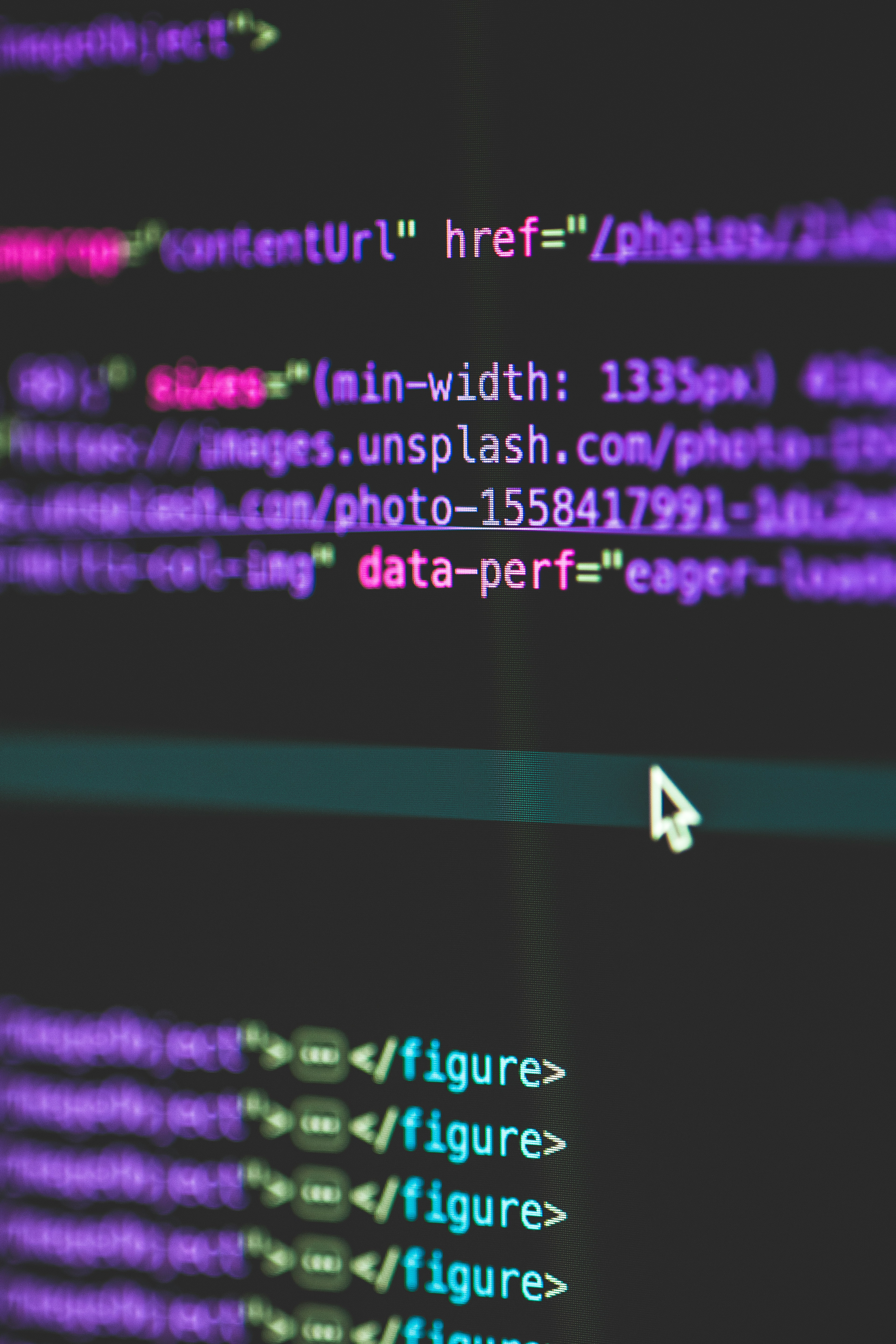Shadow Box CSS: A Comprehensive Guide
Aug 5, 2024

Creating visually appealing web designs often involves the clever use of shadows. One of the most effective tools for achieving this is the CSS box-shadow property. In this blog post, we will delve into the intricacies of shadow box CSS, explore how to use a shadow box frame, and introduce you to various CSS box shadow generators that can simplify your design process.
Understanding the Box Shadow Property
The box-shadow property in CSS allows developers to add shadow effects around an element's frame. This property is versatile, enabling the creation of both subtle and dramatic shadow effects. The syntax for the box-shadow property is as follows:
h-offset: The horizontal offset of the shadow (required).
v-offset: The vertical offset of the shadow (required).
blur: The blur radius (optional).
spread: The size of the shadow (optional).
color: The color of the shadow (optional).
inset: Changes the shadow from an outer shadow (outset) to an inner shadow (optional).
Basic Usage of Box Shadow
To illustrate how to create a simple shadow box, consider the following example:
In this example, the shadow is offset 10 pixels to the right and 10 pixels down, with a blur radius of 20 pixels and a semi-transparent black color.
Creating a Shadow Box Frame
A shadow box frame can enhance the appearance of elements like cards, buttons, and images. Here’s how to create a shadow box frame effect:
In this code, when the user hovers over the card, the shadow becomes more pronounced, creating a dynamic effect that draws attention.
Advanced Box Shadow Techniques
Multiple Shadows
You can apply multiple shadows to a single element by separating each shadow with a comma. Here’s an example:
This code creates a layered shadow effect, giving depth to the element.
Inset Shadows
To create an inset shadow, simply add the inset keyword before the shadow values. Here’s how:
This results in a shadow that appears to be cast inside the element, creating a recessed effect.
Using CSS Box Shadow Generators
For those who prefer a more visual approach to creating shadows, CSS box shadow generators can be extremely helpful. These tools allow you to adjust parameters using sliders and instantly see the results. Here are a few popular options:
CSSmatic: A user-friendly generator that allows you to customize shadow properties and provides the corresponding CSS code.
Box Shadow CSS Generator: This tool offers a straightforward interface to create complex shadows with ease.
CSS Scan: A powerful tool that not only generates box shadows but also allows you to inspect and copy CSS from any website.
Practical Examples of Box Shadows
Button with Shadow
Image with Shadow
Conclusion
Thebox-shadowproperty in CSS is a powerful tool for enhancing web design. By understanding how to use ashadow box frameand utilizingCSS box shadow generators, you can create visually appealing effects that improve user experience. Whether you are designing buttons, cards, or images, mastering box shadows will elevate your web development skills.Incorporating shadows into your designs not only adds depth but also creates a more engaging interface. Experiment with different configurations and use the tools available to find the perfect shadow effect for your projects.